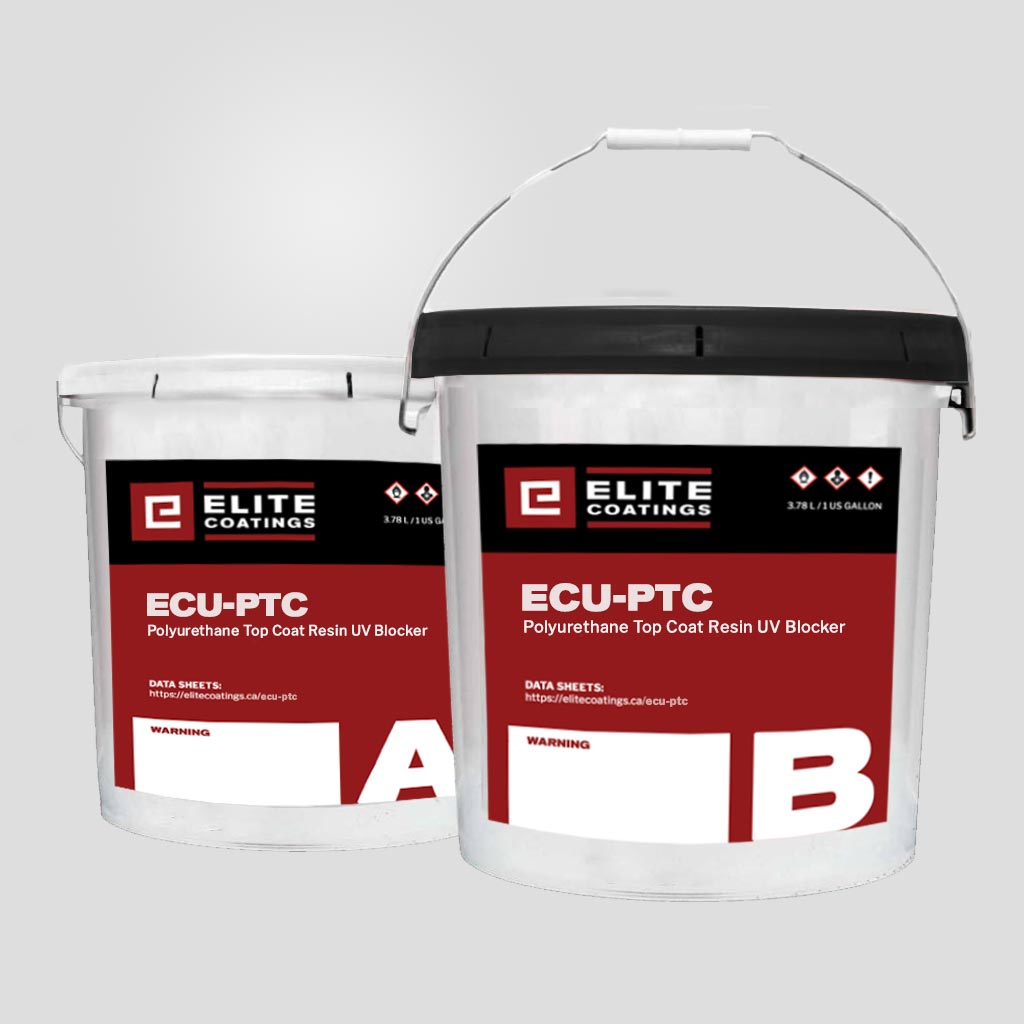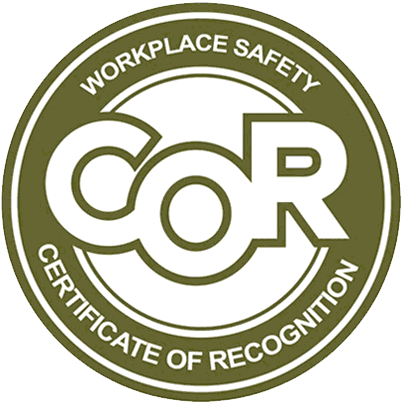
Polyurethane Top Coat Resin UV Blocker
ECU-PTC
ECU-PTC is a two-component, 85% solids, VOC compliant, aliphatic polyurethane coating. This transparent coating offers excellent abrasion resistance and is used to protect substrates against UV. It displays excellent adhesion and can be applied at low and high temperatures. This system has been approved by the Canadian Food Inspection Agency (CFIA). ECU-PTC also meets FDA and USDA requirements.
$376.202 Gallon Kit
Documents
Primary Applications
- Aircraft hangar floors
- Assembly areas
- Classrooms
- Clean rooms
- Laboratories
- Areas of light manufacturing
- Mechanical rooms
- Walkways
Advantages
- VOC complaint in Canada and the United States
- Long pot life
- Moderate cure times with excellent adhesion
- Long work life allows for a better product leveling and helps reduce roller marks
- Easy 1:1 mix ratio
- Excellent adhesive properties, allowing application on different substrates
Technical Data
| Packaging litres / gal us | Color | |||
|---|---|---|---|---|
| 7.56 / 2 | 37.8 / 10 | Part A | Part B | Mixture |
| Recommended Thickness | Light Yellow | Light Yellow | Light Yellow | |
| Primer: ECE | 8 mils / 200 ft² us gal | Shelf Life | ||
| Topcoat: ECU-PTC | 8-10 mils / 160-200 ft² us gal | |||
| 12 months in original unopened factory sealed containers. Keep away from extreme cold, heat, or moisture. Keep out of direct sunlight and away from fire hazards. | ||||
| Mix Ratio by volume | ||||
| A : B = 1 : 1 | ||||
| *Please note that the indicated mileage is calculated for flat surfaces. A porous or imperfect surface will require more material in order to cover the same mileage. | ||||
| Pot life (150g) | VOC (g/litre) | Density (kg/litre) | ||
| 90 minutes 25°C | 148 | Part A | Part B | Mixture |
| Solids by weight % | Recommended Thinner | 0.97-0.98 | 1.13-1.14 | 1.04-1.06 |
| 85% | xylene | |||
| Waiting time between coats | ||||
| 12 – 24 hours | ||||
| Foot Traffic | 24 hours | |||
| Light Traffic | 48 -72 hours | |||
| Chemical Resistance | 7 days | |||
| *Note: Times and data mentioned are based on laboratory conditions. Field results may vary and will be affected by changing ambient conditions, especially changes in temperature and relative humidity. | ||||


